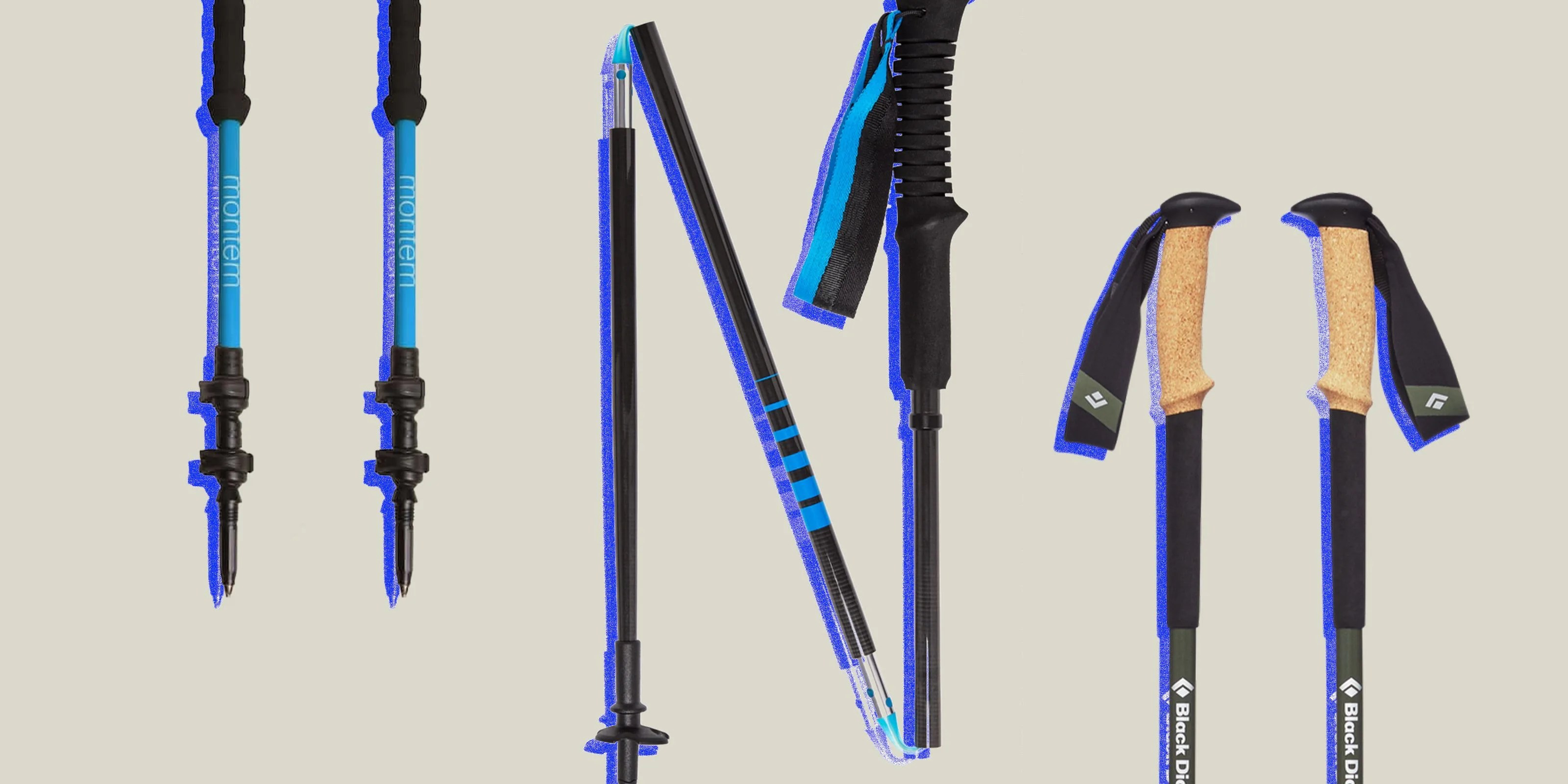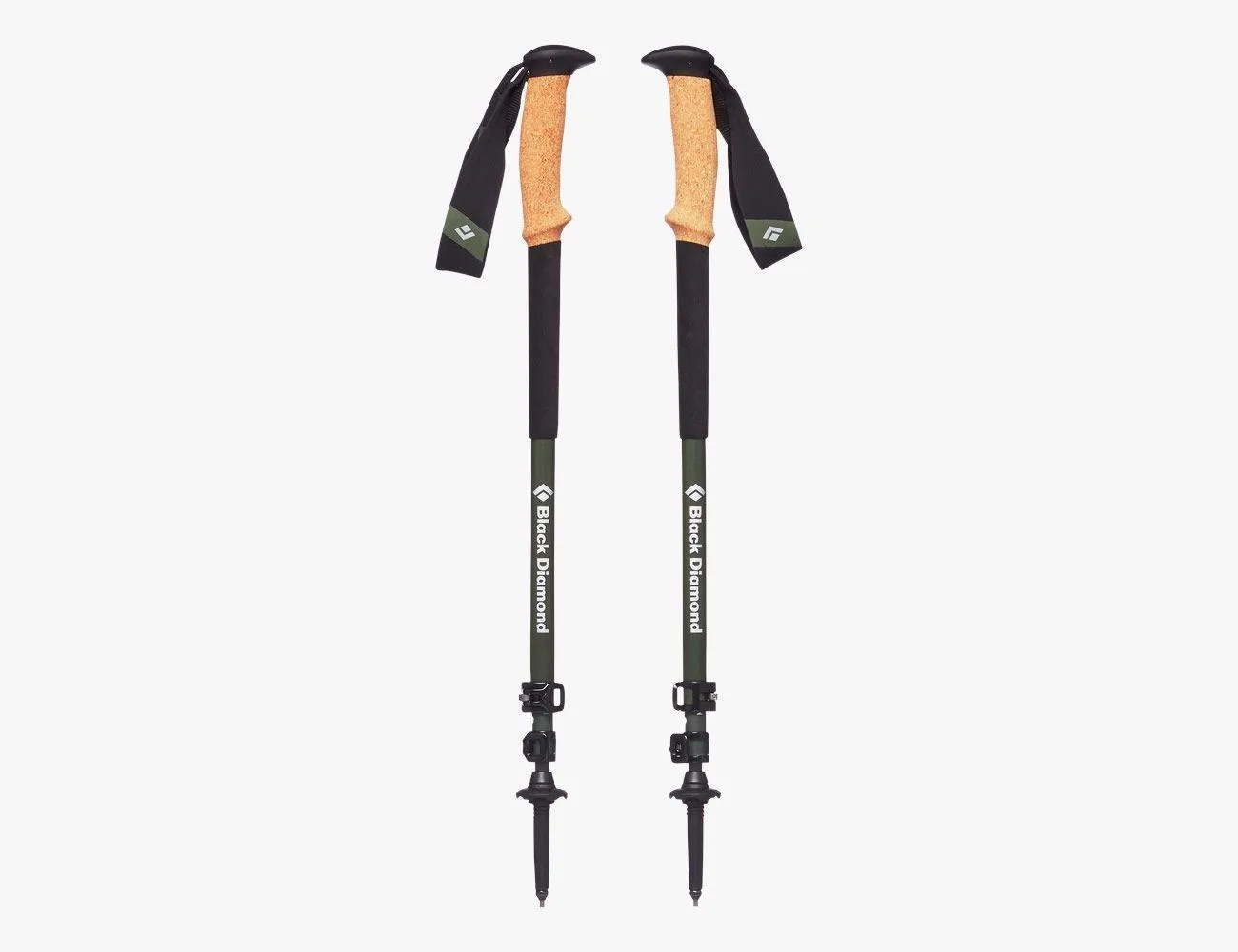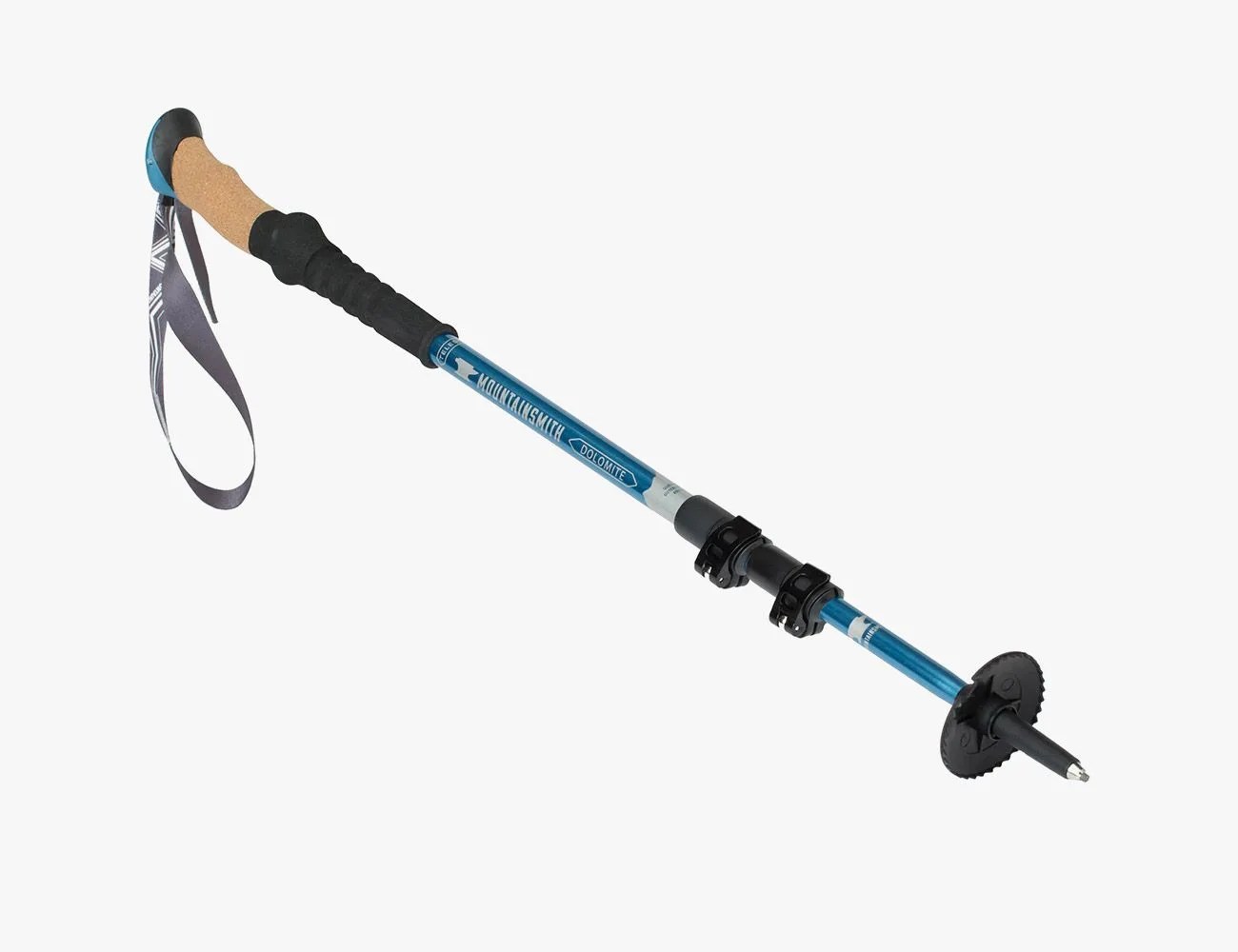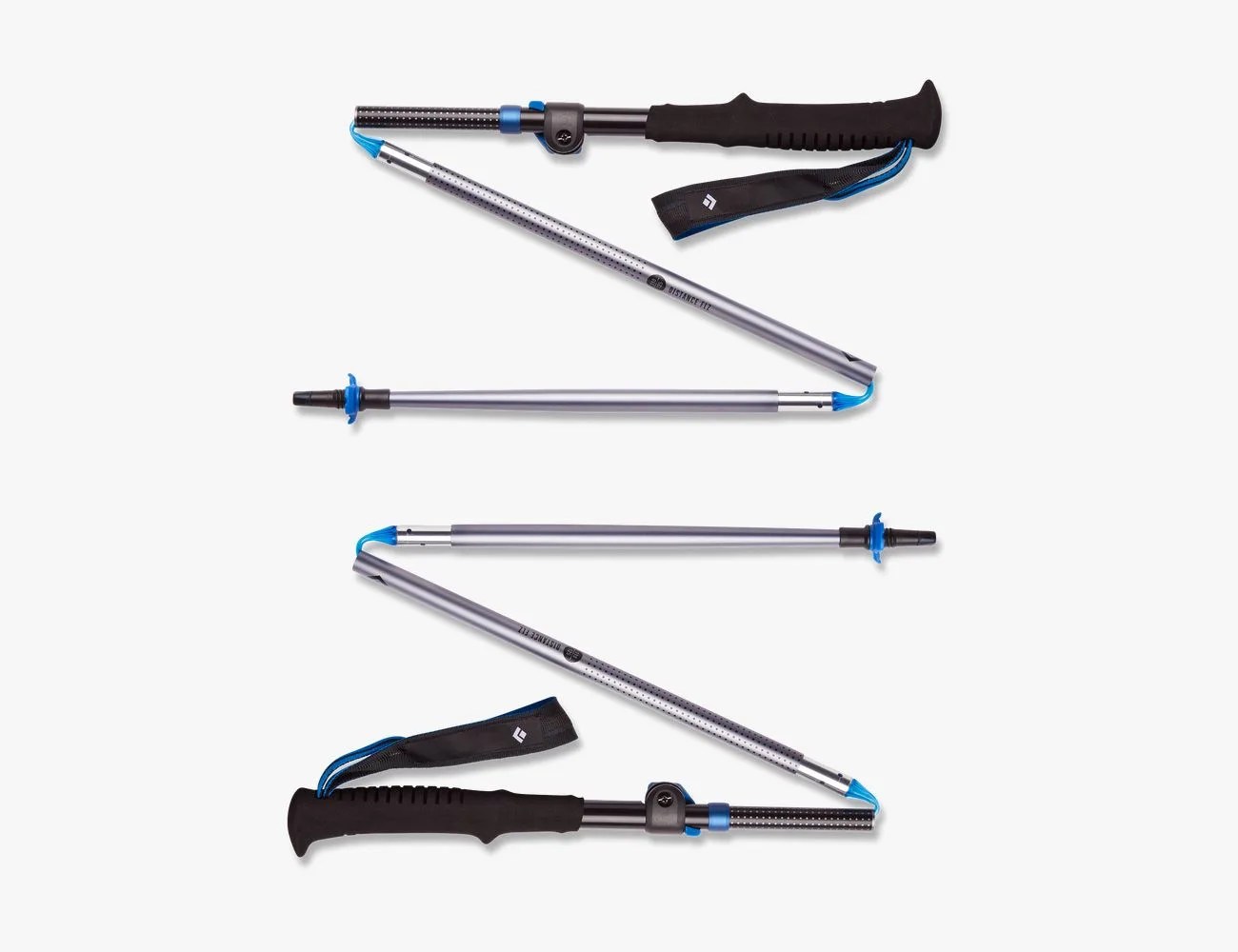If you’ve never used a pair of trekking poles for hiking, you’re in for a treat. They’re useful for so many things: They help improve your balance when you’re picking your way along rough or unstable ground, stepping through a fast-moving stream, or pushing yourself up a steep hill. They keep you steady when you’re carrying a heavy pack and your stability isn’t as good as usual. They also reduce joint impact, absorbing the shock on the lower half of your body, especially on downhills. (A study by the Steadman-Hawkins Sports Medicine Foundation found that poles absorb up to 4.4 percent of the force that would usually reverberate through your whole body while walking.) And trekking poles also bring your upper body into your workout, increasing cardiac benefits.
Whether you’re an experienced thru-hiker, a newbie to the trail or an outdoors lover who’s worried about joint damage, this guide is for you. To save you time, we cut straight to the chase with reviews of the best poles money can buy. But should that roundup not fully slake your thirst for knowledge, keep reading for more details on when and how to use trekking poles, finding the ideal trekking pole for you, and more.
Products in the Guide
-
Black Diamond Alpine Carbon Cork Trekking Poles
BEST OVERALL
Read more -
Montem Ultra Strong Trekking Poles
BEST BUDGET PICK
Read more -
Black Diamond Distance Carbon Z Trekking Poles
BEST FOR TRAVEL
Read more -
Mountainsmith Dolomite 7075 OLS Trekking Pole
BEST SINGLE POLE
Read more -
Black Diamond Distance FLZ Trekking Poles
LIGHTEST TREKKING POLES
Read more
When to Use Trekking Poles
“When I was planning my thru-hike of the Appalachian Trail, I only knew one person who had thru-hiked before,” says Laura Evenson, sales lead at REI and experienced thru-hiker. “Their one piece of advice was to buy trekking poles, so I did. But I carried them in my pack for the first few days without using them. Then someone told me to try them for a week and ship them home if I didn’t like them.” Evenson never shipped them because they helped her on uphills and downhills, making ascents and descents easier for her. If you’re headed out for a day hike on a relatively flat, groomed trail, you may want to leave your hiking poles at home, but for anything longer, they can be useful.
Researchers from the Steadman-Hawkins Sports Medicine Foundation found that using trekking poles improves your posture; this added stability is especially crucial for spinal health and managing back pain on uneven, debilitating terrain. You’ll want trekking poles if you’re on a trail with massive uphills and downhills. Poles can help to increase your power when you’re walking uphill, and they also increase your speed downhill because you don’t have to worry as much about being sure-footed. Rivers, streams, loose rocks or debris (maybe even ice or snow): Bring ’em.





